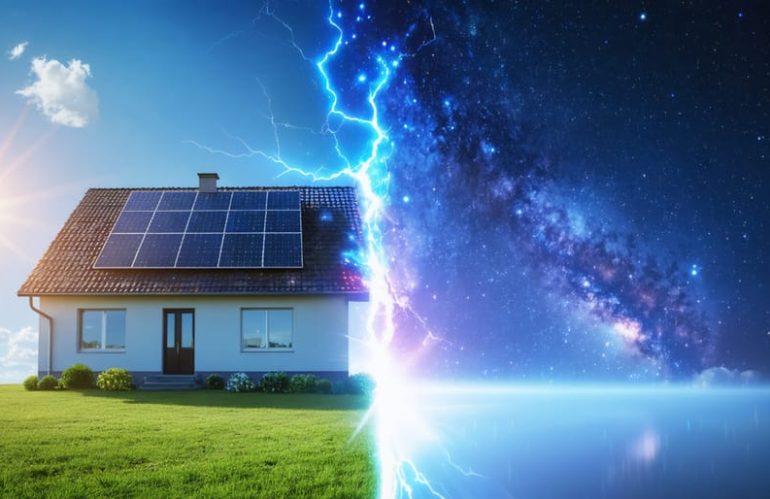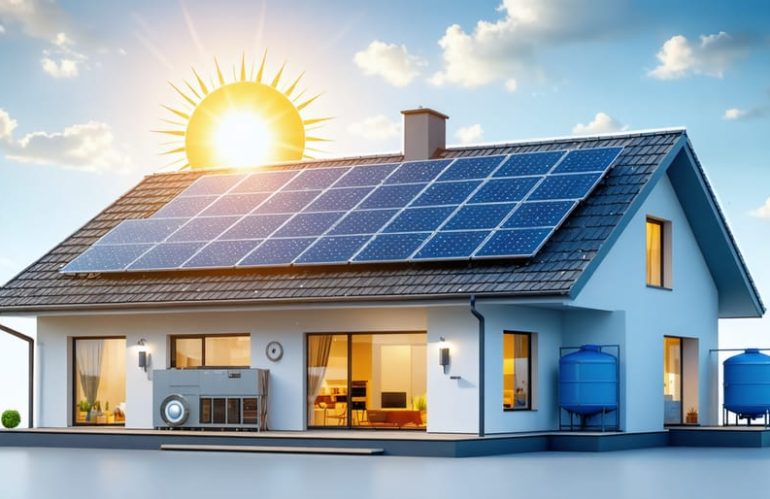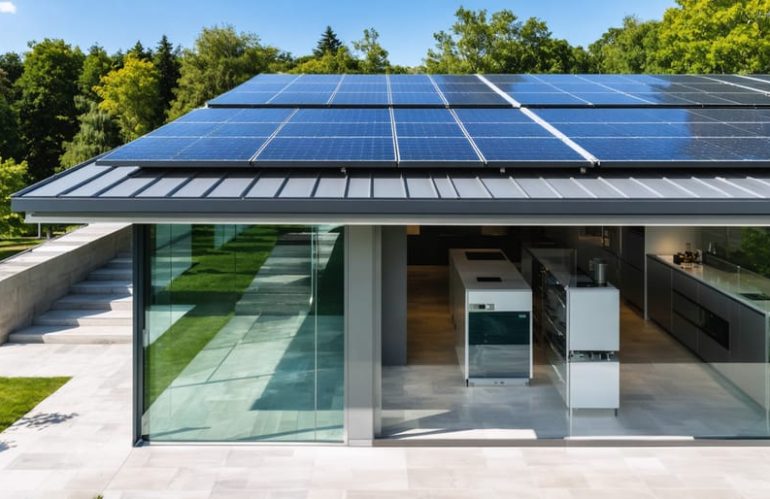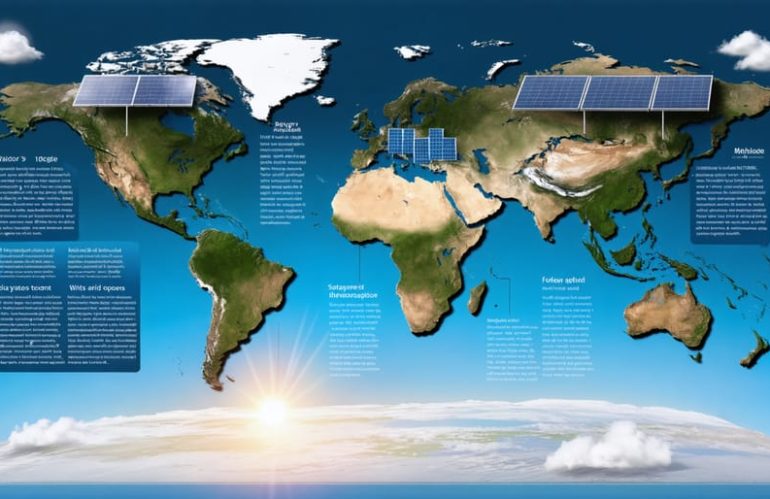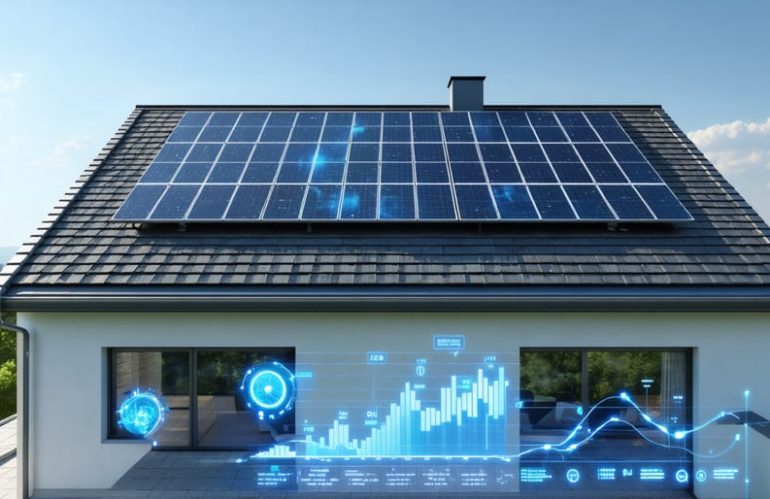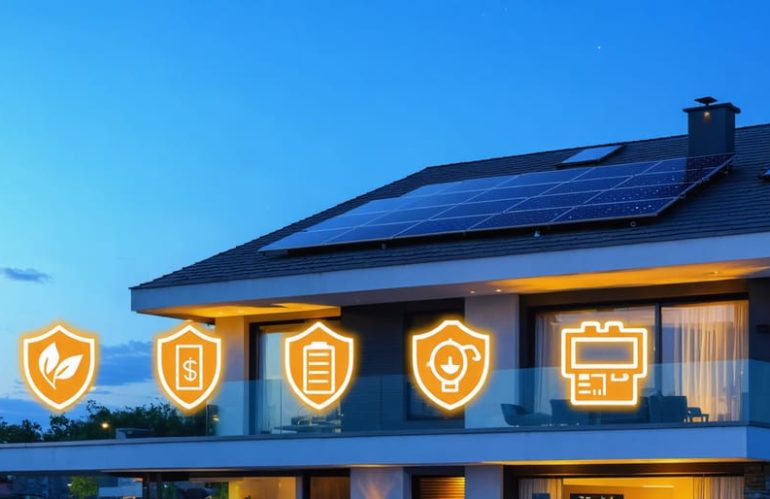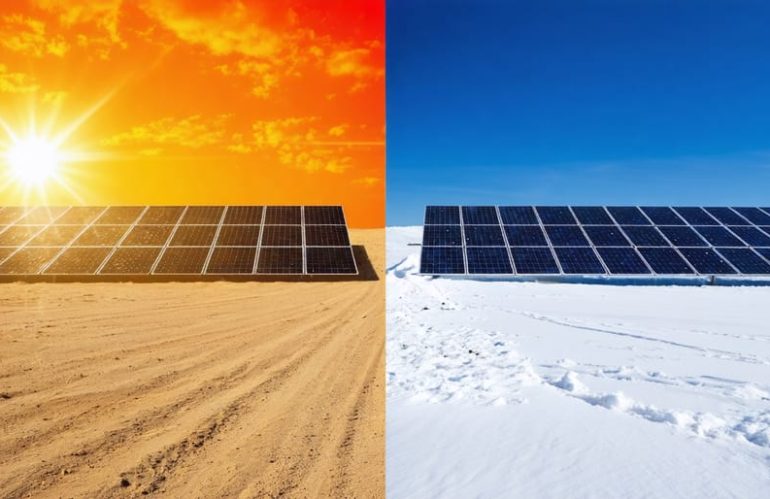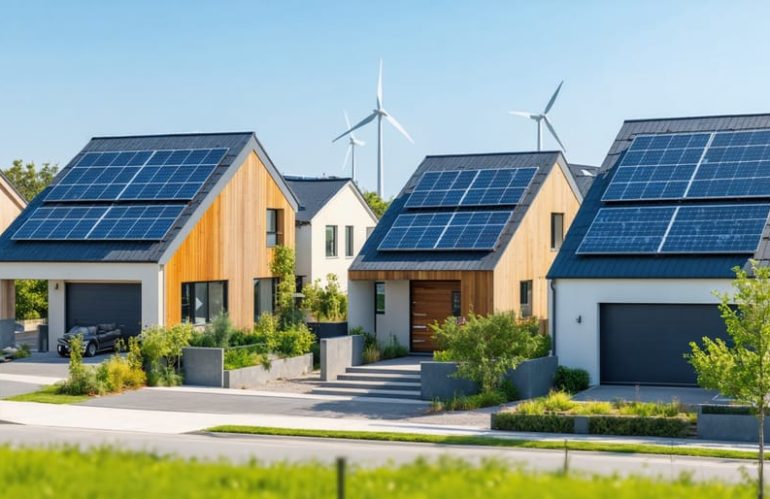Battery storage systems are revolutionizing how homeowners harness and utilize renewable energy, offering a practical solution to one of sustainable power’s biggest challenges: intermittency. By storing excess solar or wind energy for later use, these systems provide energy independence, reduced utility bills, and reliable backup power during outages.
Today’s battery technology has evolved far beyond its humble beginnings, with modern lithium-ion systems offering efficient, compact solutions that integrate seamlessly with existing home solar installations. For homeowners, this means the ability to power their homes …
Category: Resilience and Adaptation
Strategies and solutions for ensuring system resilience across different conditions and scenarios
How Gravity Storage Could Revolutionize Your Home’s Energy Future
Imagine a world where storing renewable energy is as simple as lifting and lowering weights. That’s exactly what gravity-based energy storage systems are making possible today. This breakthrough technology transforms excess solar and wind power into potential energy by elevating heavy masses, then releases that energy by lowering them when needed – much like a grandfather clock using gravity to keep time, but on a much grander scale.
For homeowners already investing in solar panels, gravity storage could be the missing piece in achieving true energy independence. Unlike traditional batteries that degrade over time and …
DOE Solar Grants Just Made Home Grid Resilience Much More Affordable
The Department of Energy’s new Grid Resilience Grant Program unlocks unprecedented funding opportunities for homeowners pursuing clean energy solutions. With $10.5 billion allocated through the Infrastructure Investment and Jobs Act, these grants represent a transformative step toward building true power resilience across American communities. The program specifically targets infrastructure modernization, focusing on smart grid technology, renewable energy integration, and enhanced…
Solar Power Makes Your Home’s Electricity Hurricane-Proof (Here’s How)
Our aging electrical grid faces unprecedented challenges from extreme weather, cyber threats, and growing energy demands. Yet within these challenges lies an opportunity to build a more resilient, sustainable power system that protects both our communities and our planet.
Grid resilience isn’t just about keeping the lights on—it’s about ensuring our critical infrastructure can withstand and rapidly recover from disruptions. As climate change intensifies storms and heat waves strain our power systems, homeowners and businesses are increasingly vulnerable to costly outages. The average American experiences over eight …
How Solar Panels Adapt to Your Local Climate (LCA Research Reveals)
Solar panel Life Cycle Assessment (LCA) revolutionizes how we evaluate renewable energy investments, measuring environmental impact from manufacturing to disposal. Recent studies show that modern solar panels offset their carbon footprint within just 1-4 years, while providing clean energy for 25-30 years. This comprehensive cradle-to-grave analysis helps homeowners make informed decisions about their solar installations and understand the true environmental value of their investment.
Understanding LCA impacts every aspect of solar panel ownership – from initial material sourcing to end-of-life recycling. While the average …
Next-Gen Solar Panels Could Double Your Home’s Energy Independence
Solar panel technology stands at the brink of a revolutionary leap forward, promising to transform how we power our homes and businesses. While today’s standard panels convert about 15-20% of sunlight into electricity, emerging innovations in photovoltaic materials and design suggest efficiency rates could double within the next decade. Breakthrough technologies like perovskite cells, multi-junction architectures, and quantum dot enhancement are pushing the boundaries of what’s possible, potentially offering homeowners more power from less roof space.
For families considering solar installation today, this accelerating …
Solar Panels Transform Home Energy Security: Building True Power Resilience
In an era of increasing climate uncertainty and rising energy costs, resilience isn’t just about bouncing back—it’s about staying ahead. Solar energy systems represent a fundamental shift in how homeowners can achieve true energy independence and security. The four pillars of resilience—physical durability, operational reliability, economic stability, and environmental sustainability—form a comprehensive framework that transforms your home from a passive energy consumer into an active power generator.
Each pillar strengthens your home’s ability to withstand challenges, from severe weather events to grid …
Smart Solar Solutions That Thrive in Any Climate
The evolving landscape of solar technology has revolutionized how we approach sustainable energy, offering homeowners unprecedented opportunities to reduce their carbon footprint while saving money. Today’s environmentally conscious solar panels deliver more than just clean electricity – they represent a crucial step toward responsible energy consumption and environmental stewardship. By incorporating recycled materials, eliminating toxic components, and implementing cradle-to-grave sustainability practices, modern solar installations maximize the …
How Your Solar System’s Resiliency Zone Keeps Power Flowing When Grid Fails
Transform your home into an energy fortress with a resilience zone – a revolutionary approach to power security that keeps your essential systems running even when the grid fails. By combining solar panels, smart battery storage, and automated transfer switches, resilience zones create an independent power hub within your home, ensuring critical areas like your kitchen, home office, or medical equipment never lose power. Unlike traditional whole-house backup systems, resilience zones offer a cost-effective solution by focusing on protecting what matters most.
As extreme weather events and grid instability become more common, …
Solar Energy’s Environmental Impact: The Bright Side of Home Power
Solar energy stands at the forefront of our transition to sustainable power, fundamentally reshaping our relationship with the environment. As homeowners increasingly turn to solar panels for clean energy solutions, understanding their environmental impact has never been more crucial. From reducing greenhouse gas emissions to minimizing water consumption in power generation, solar technology offers a promising path toward a greener future. Yet, like any energy source, solar power’s environmental footprint extends beyond its clean electricity production – from manufacturing processes to end-of-life disposal considerations.
…

